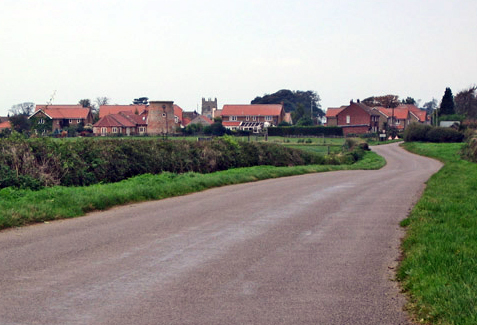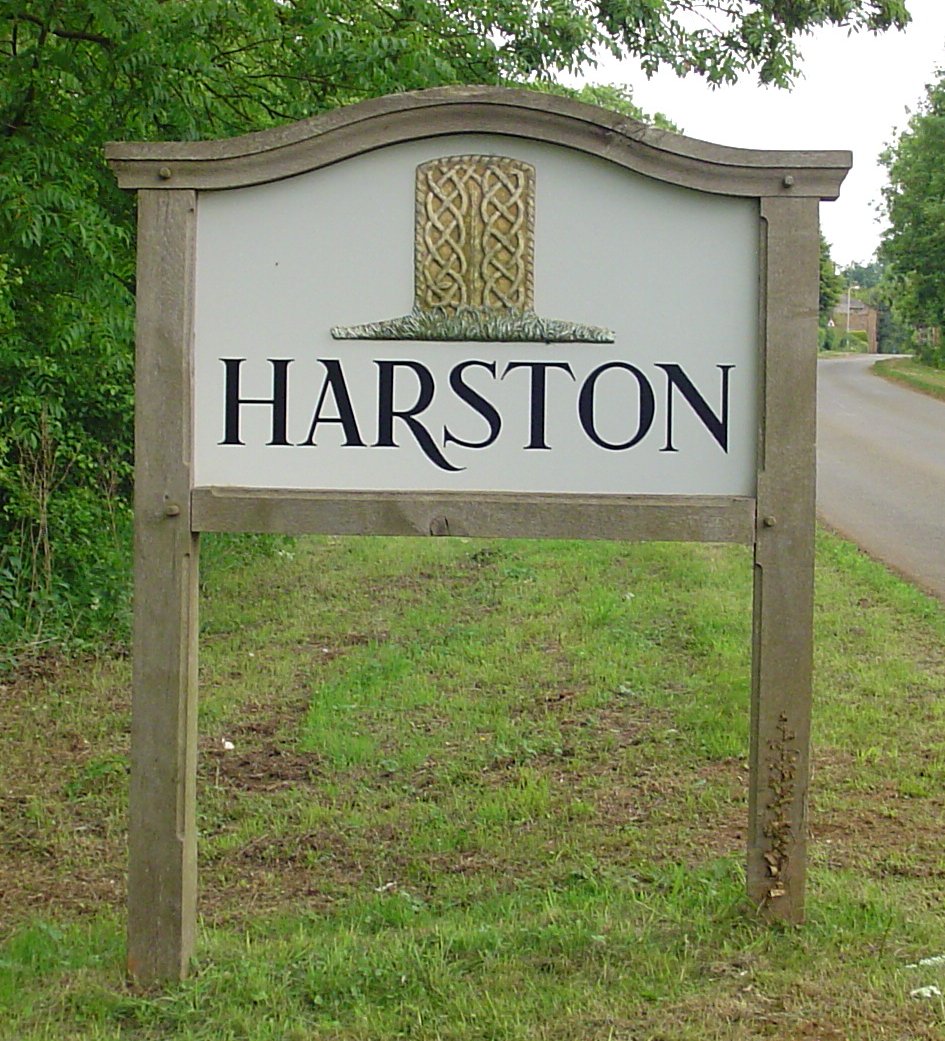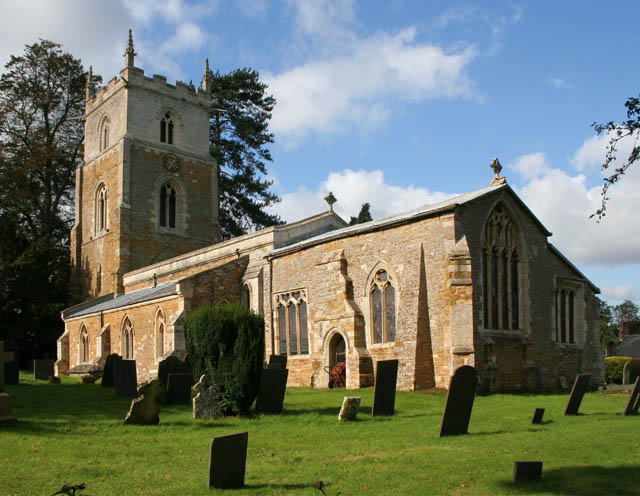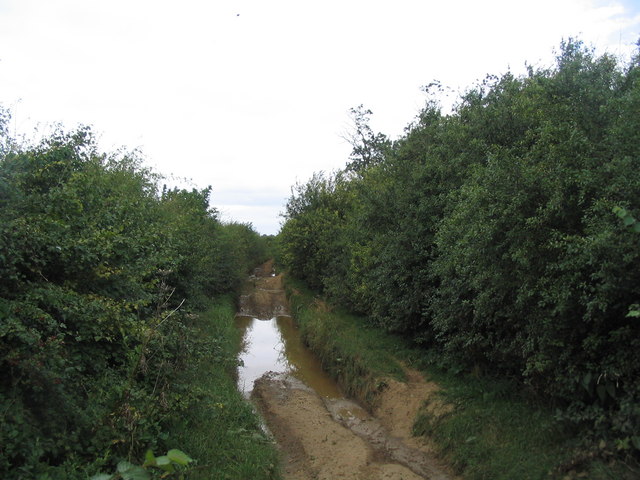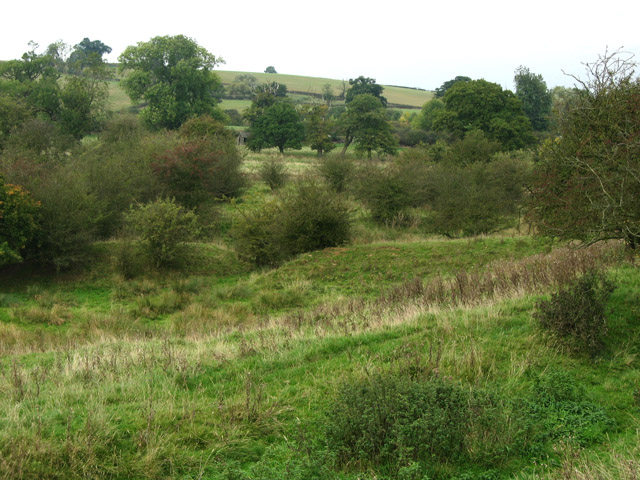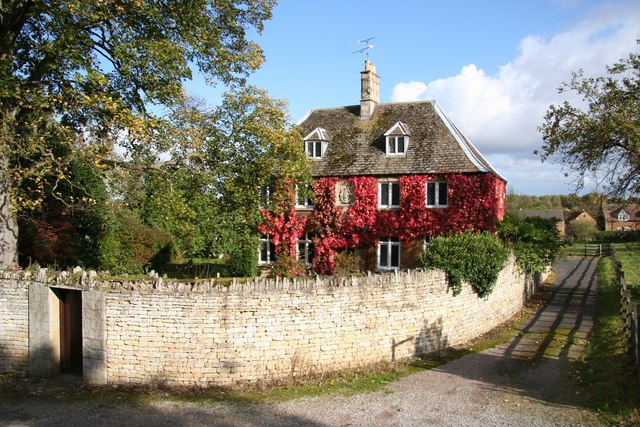Coneygear Wood
Wood, Forest in Leicestershire Melton
England
Coneygear Wood
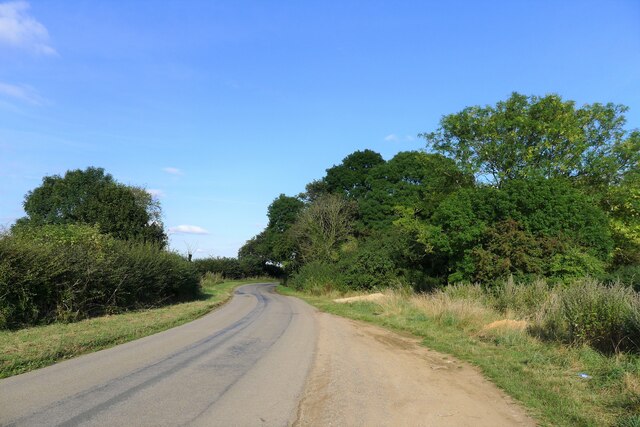
Coneygear Wood is a picturesque woodland located in Leicestershire, England. Situated on the outskirts of the town of Hinckley, it covers an area of approximately 34 hectares. The wood is predominantly made up of mixed broadleaf trees, including oak, ash, and birch, creating a diverse and vibrant ecosystem.
The woodland is crisscrossed by a network of well-maintained footpaths, making it a popular destination for walkers and nature enthusiasts. The paths wind their way through the trees, leading visitors to discover hidden glades, tranquil ponds, and enchanting clearings filled with wildflowers during the summer months.
Coneygear Wood is home to a variety of wildlife, including numerous species of birds, mammals, and insects. Birdwatchers may be lucky enough to spot woodpeckers, nuthatches, and tawny owls, while the patient observer may catch a glimpse of elusive mammals such as foxes, badgers, or even deer.
The wood is well-preserved and managed by the local authorities, ensuring its protection and the conservation of its natural beauty. It is a designated Local Nature Reserve, which means that it is afforded special recognition and protection due to its importance for both wildlife and the local community.
Coneygear Wood offers a peaceful retreat from the hustle and bustle of everyday life, providing visitors with the opportunity to reconnect with nature and enjoy the tranquility of the woodland surroundings. Whether it's a leisurely stroll, a picnic, or wildlife spotting, this charming woodland has something to offer for everyone.
If you have any feedback on the listing, please let us know in the comments section below.
Coneygear Wood Images
Images are sourced within 2km of 52.859947/-0.74710406 or Grid Reference SK8429. Thanks to Geograph Open Source API. All images are credited.

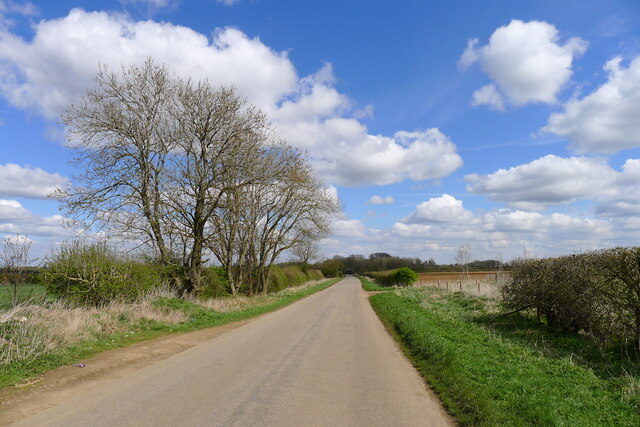
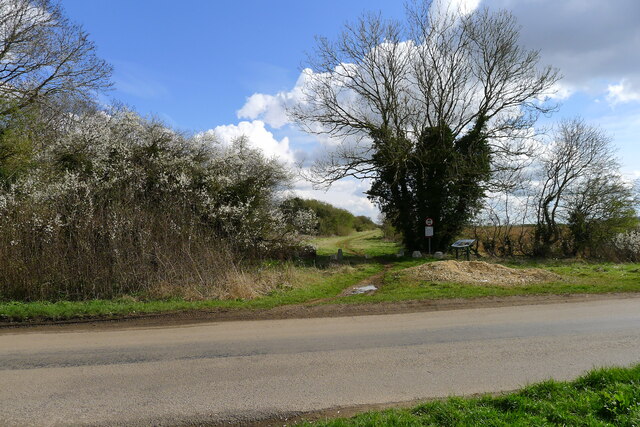





Coneygear Wood is located at Grid Ref: SK8429 (Lat: 52.859947, Lng: -0.74710406)
Administrative County: Leicestershire
District: Melton
Police Authority: Leicestershire
What 3 Words
///euphoric.silly.solution. Near Barrowby, Lincolnshire
Nearby Locations
Related Wikis
Croxton Kerrial
Croxton Kerrial (pronounced [ˈkroʊsən ˈkɛrɨl]) is a village and civil parish in the Melton borough of Leicestershire, England, 6.6 miles (10.6 km) south...
Croxton Abbey
Croxton Abbey, near Croxton Kerrial, Leicestershire, was a Premonstratensian monastery founded by William I, Count of Boulogne. == History == Croxton Abbey...
Harston, Leicestershire
Harston is a crossroads village and former civil parish, now in the parish of Belvoir, in the Melton district, in Leicestershire, England, near the border...
Knipton
Knipton is a village and former civil parish, now in the parish of Belvoir, in the Melton district, in the county of Leicestershire, England. It lies about...
King Lud's Entrenchments and The Drift
King Lud's Entrenchments and The Drift is a 23.9 hectares (59 acres) biological Site of Special Scientific Interest which straddles the border between...
Croxton Park
Croxton Park is a 97.3-hectare (240-acre) biological Site of Special Scientific Interest south-west of Croxton Kerrial in Leicestershire.This medieval...
Branston, Leicestershire
Branston is a village and former civil parish, now in the parish of Croxton Kerrial in the Melton district, in the county of Leicestershire, England. It...
Denton, Lincolnshire
Denton is a village and civil parish in the South Kesteven district of Lincolnshire, England. The population of the civil parish was 273 at the 2011 census...
Nearby Amenities
Located within 500m of 52.859947,-0.74710406Have you been to Coneygear Wood?
Leave your review of Coneygear Wood below (or comments, questions and feedback).










